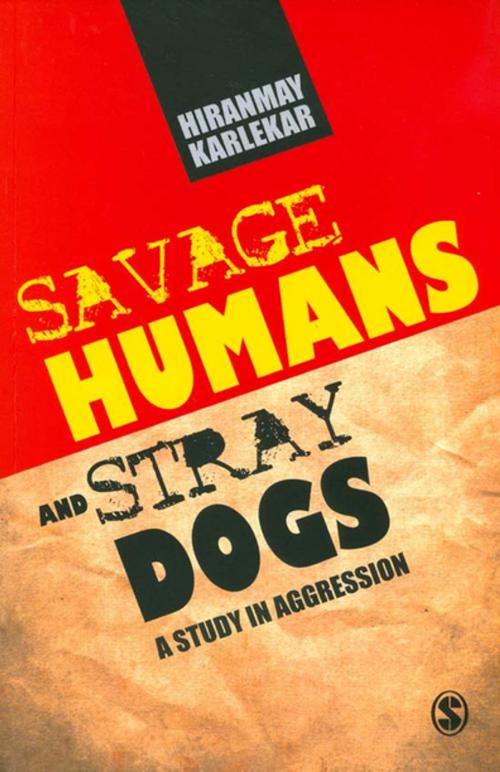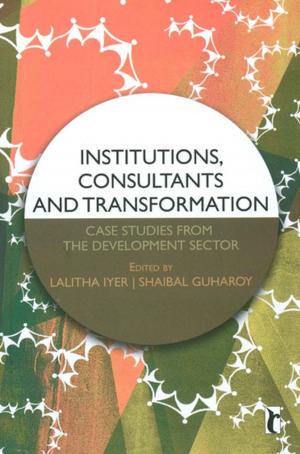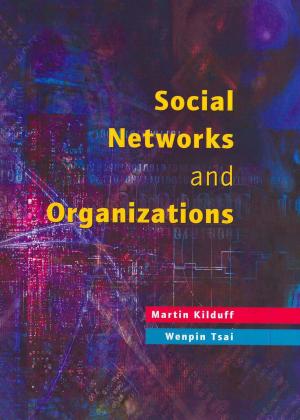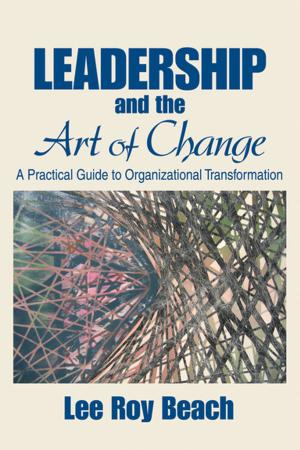Savage Humans and Stray Dogs
A study in Aggression
Nonfiction, Social & Cultural Studies, Social Science, Sociology, Health & Well Being, Psychology| Author: | Hiranmay Karlekar | ISBN: | 9789352801244 |
| Publisher: | SAGE Publications | Publication: | September 16, 2008 |
| Imprint: | Sage Publications Pvt. Ltd | Language: | English |
| Author: | Hiranmay Karlekar |
| ISBN: | 9789352801244 |
| Publisher: | SAGE Publications |
| Publication: | September 16, 2008 |
| Imprint: | Sage Publications Pvt. Ltd |
| Language: | English |
The mass slaughter of stray dogs at Bangalore and elsewhere in Karnataka in 2007 outraged animal lovers throughout India. While the killing of two children, attributed to such animals, was profoundly tragic, the authorities` response was both cruel and counter-productive in terms of a strategy for controlling stray dog populations.
Savage Humans and Stray Dogs: A Study in Aggression explores the entire gory train of events in detail and argues that there might have been more to it than met the eye. The book looks at human aggression and the entire range of relations between human and non-human living beings, and contends that the onslaught had its cultural/psychological roots in a mindset that has evolved in a universe of morality that humans have created and which excludes animals. This universe reflects the defining influence of the Judaeo-Christian and Renaissance-Humanist tradition on the evolution of modernity in the West. In contrast, the major ancient Indian texts embody a very different tradition in which all creation, animate and inanimate, is seen to be a manifestation of the Universal Consciousness and, hence, deserving of justice and respect.
The author explores the psychological roots of violence, showing that in some cases, demand for slaughter of animals reflects the transference of the genocidal impulse to it.
This book is a stimulating read for people interested in the study of behavioural psychology, aggression, violence, human-animal relations and the environment. It would also be an invaluable resource for animal rights activists.
The mass slaughter of stray dogs at Bangalore and elsewhere in Karnataka in 2007 outraged animal lovers throughout India. While the killing of two children, attributed to such animals, was profoundly tragic, the authorities` response was both cruel and counter-productive in terms of a strategy for controlling stray dog populations.
Savage Humans and Stray Dogs: A Study in Aggression explores the entire gory train of events in detail and argues that there might have been more to it than met the eye. The book looks at human aggression and the entire range of relations between human and non-human living beings, and contends that the onslaught had its cultural/psychological roots in a mindset that has evolved in a universe of morality that humans have created and which excludes animals. This universe reflects the defining influence of the Judaeo-Christian and Renaissance-Humanist tradition on the evolution of modernity in the West. In contrast, the major ancient Indian texts embody a very different tradition in which all creation, animate and inanimate, is seen to be a manifestation of the Universal Consciousness and, hence, deserving of justice and respect.
The author explores the psychological roots of violence, showing that in some cases, demand for slaughter of animals reflects the transference of the genocidal impulse to it.
This book is a stimulating read for people interested in the study of behavioural psychology, aggression, violence, human-animal relations and the environment. It would also be an invaluable resource for animal rights activists.















